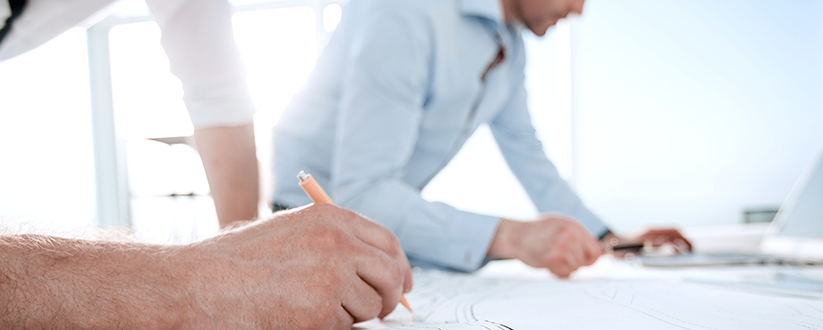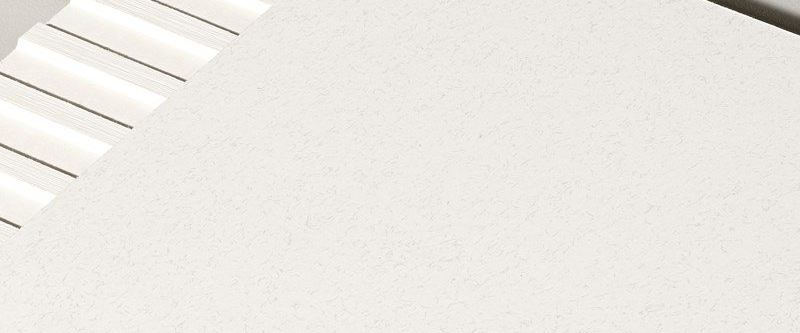EQUITONE’s range of fibre cement textures have been chosen and thoughtfully applied by architects letting the texture lead the aesthetic of two very different buildings.
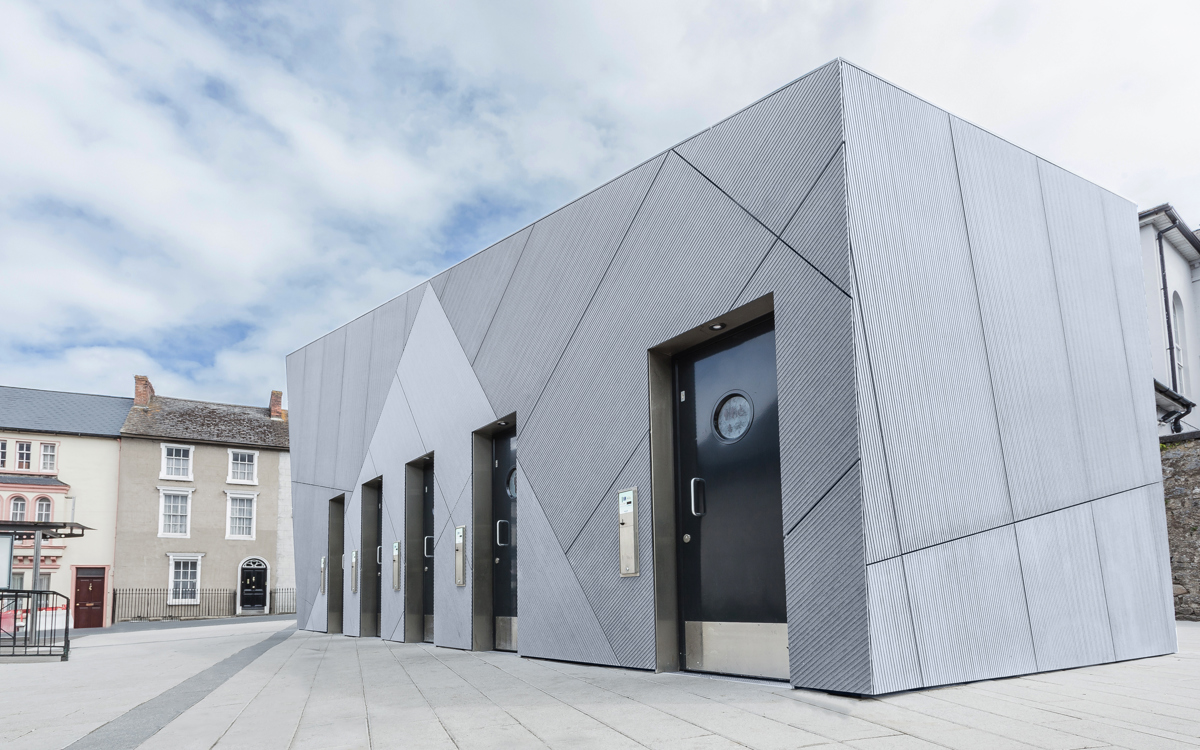
Deaton Lysaght architects have designed what could be Ireland’s most stylish public toilets in Cahir.
[linea] was chosen as a modern contrast to the heritage town’s surrounding traditional buildings – including the medieval Cahir Castle. The original building had complex geometry, choosing [linea] allowed the material to be cut to facilitate its shape and complement it. Its unique 3D shape plays with light and shadow changing the facade’s appearance as daylight changes.
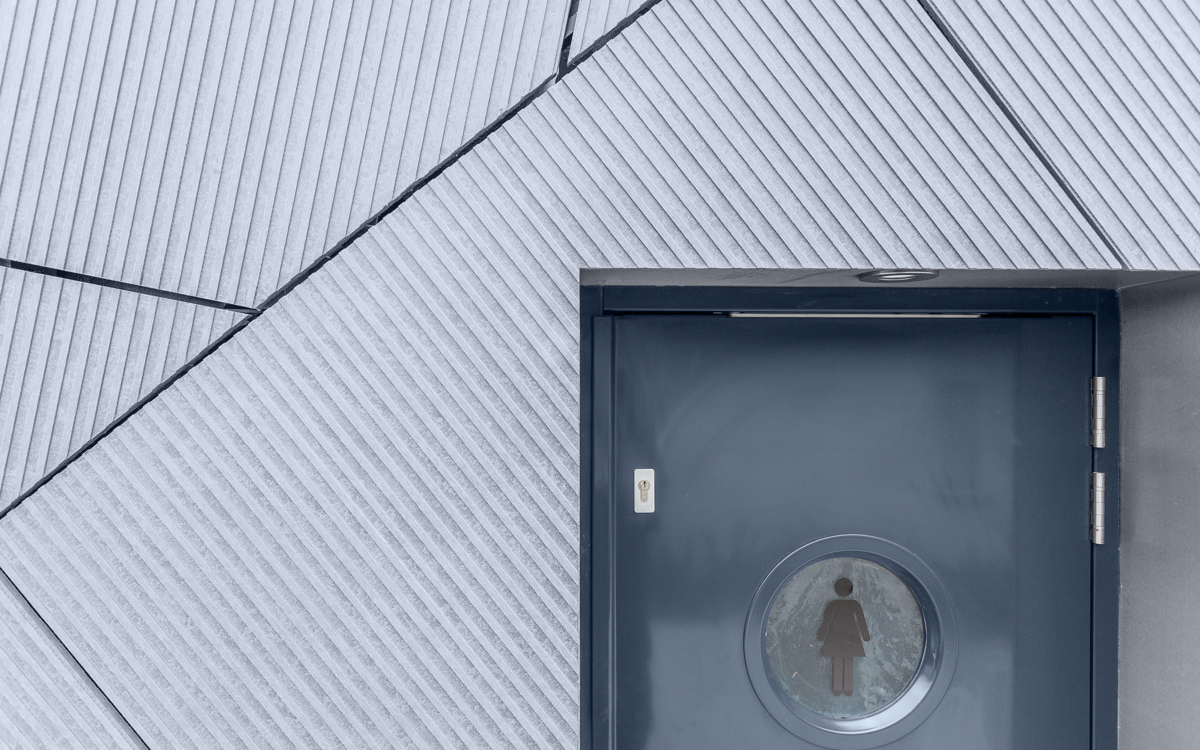
John Deaton, architect at Deaton Lysaght said “EQUITONE [linea] in Pebble was chosen for the building’s walls to reflect the colour of the limestone of which the castle, and most of Cahir, is constructed. The orthogonal and diagonal joints in EQUITONE [linea] establish lines of force and break up the scale of the building into manageable planes."
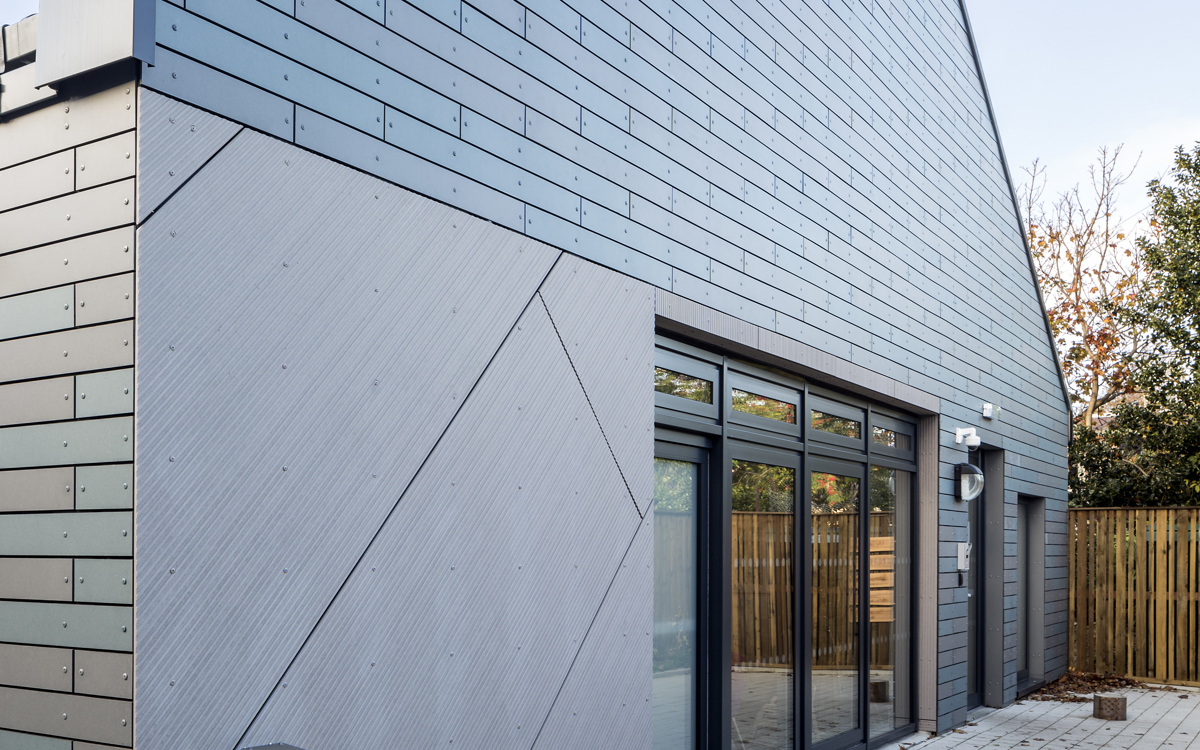
For a new-build state-of-the-art-nursery, Anderson Bell Christie’s use of two EQUITONE materials provides the children with a heuristic experience.
More than 50 children attend the Corstorphine Nursery in Edinburgh. The new nursery building sits within the site of an existing primary school and has replaced a prefabricated setting. It’s free-flowing use of space allows curious and imaginative play.
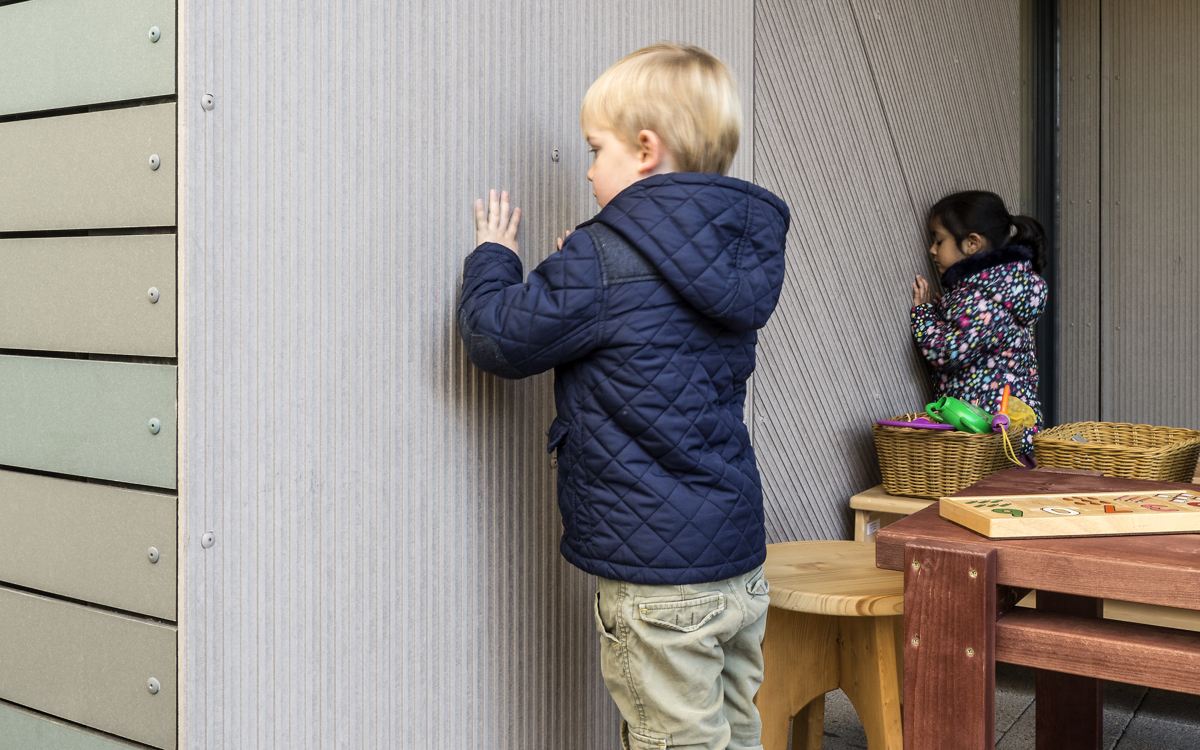
Jonathan McQuillan, of Anderson Bell Christie, said: “We chose EQUITONE materials for this project as we wanted something that provided a lot of texture at the right height for pre-school children. It was important for the overall project that we created something that was tactile and interactive for the pupils. The scale and rhythm of the ridges on the cladding is particularly pleasant for children to run their hands along. The material allowed us to articulate the building using texture. This meant that we could create surfaces that generated interest using tactility on a child scale, but that were low on visual noise.”
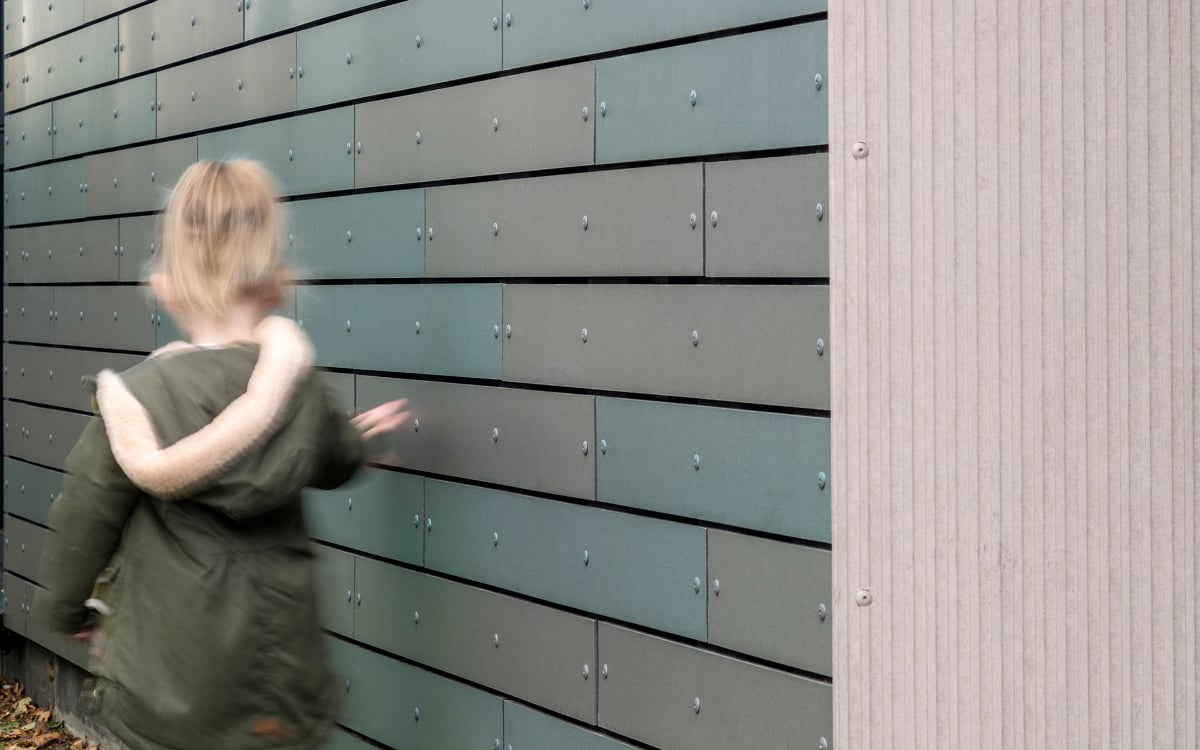
EQUITONE fibre cement materials are made with architects involved from the R&D stage. The spacing in [linea] was specifically suggested by an architect to encourage tactile interaction with the material when used.
Anderson Bell Christie chose [natura] to interplay with the [linea] characteristics, cutting it to relatively small sizes to for their small end users to enjoy more easily. [natura] provides a tactile smooth surface allowing the textures of the fibre cement to show through the facade.
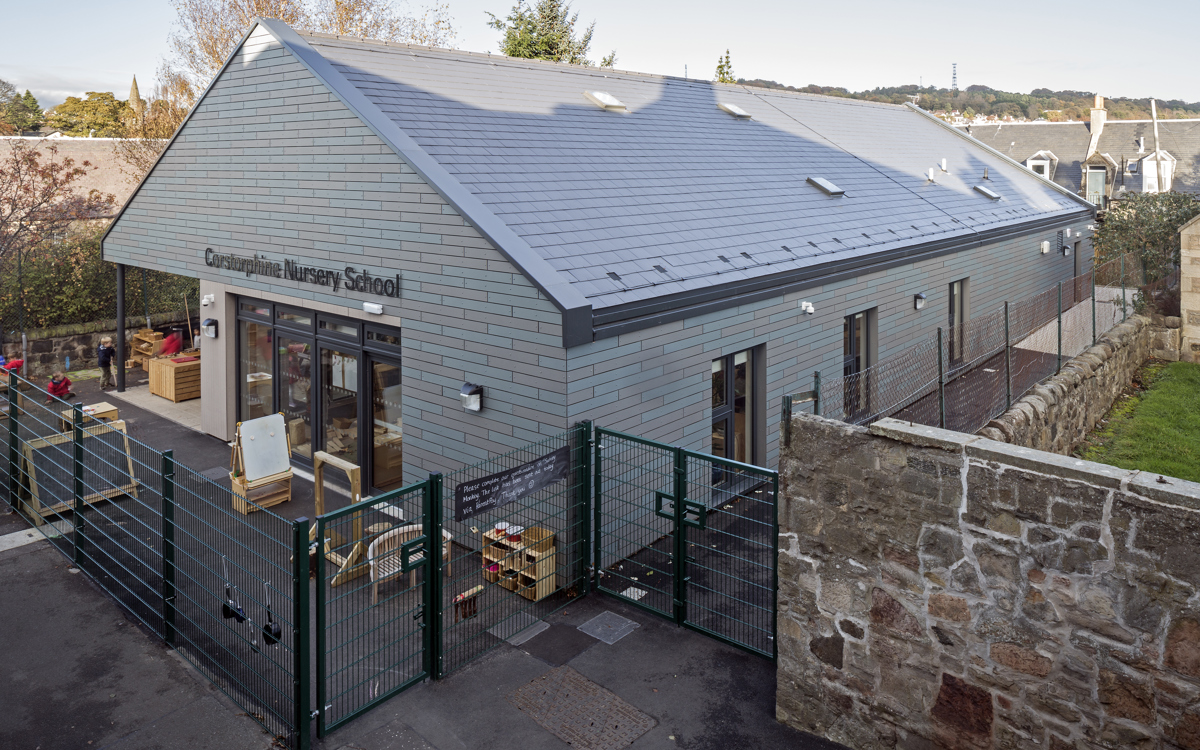
Jonathan added: “We have used EQUITONE materials for quite a few projects over the years – the material is really easy to work with. It can be cut down into different sizes and formats, giving us flexibility in our design. It’s low maintenance and has a minimum life expectancy of at least 50 years, which will allow the nursery to minimise ongoing operational costs.”
All EQUITONE materials have a A2-S1,d0 classification, ideal for public use buildings, properties over 11m high or high-risk buildings.
